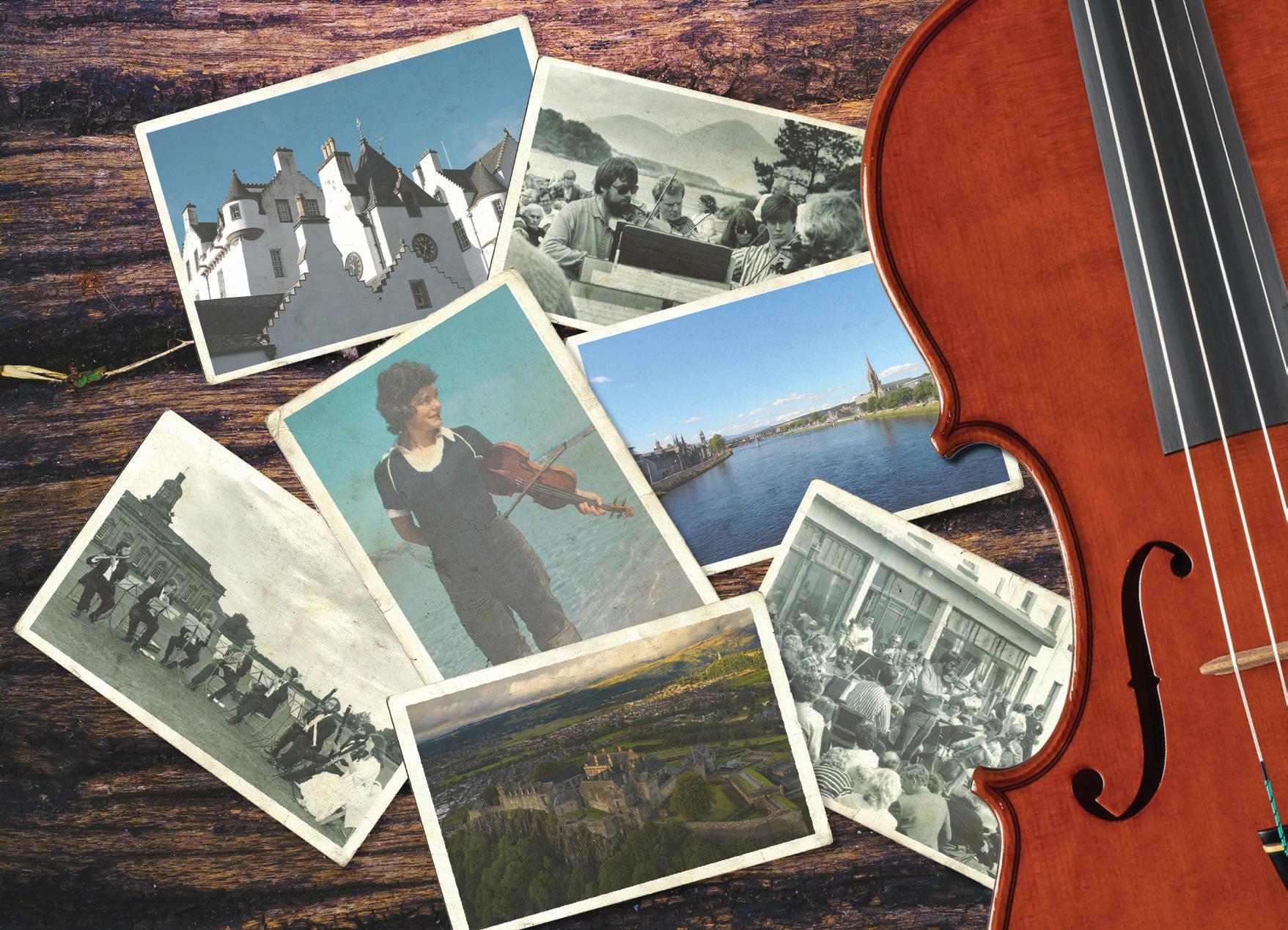
Summer Tour 2024
26-28 June 2024 TCHAIKOVSKY


Summer Tour 2024
26-28 June 2024 TCHAIKOVSKY
With the SCO STRING ENSEMBLE
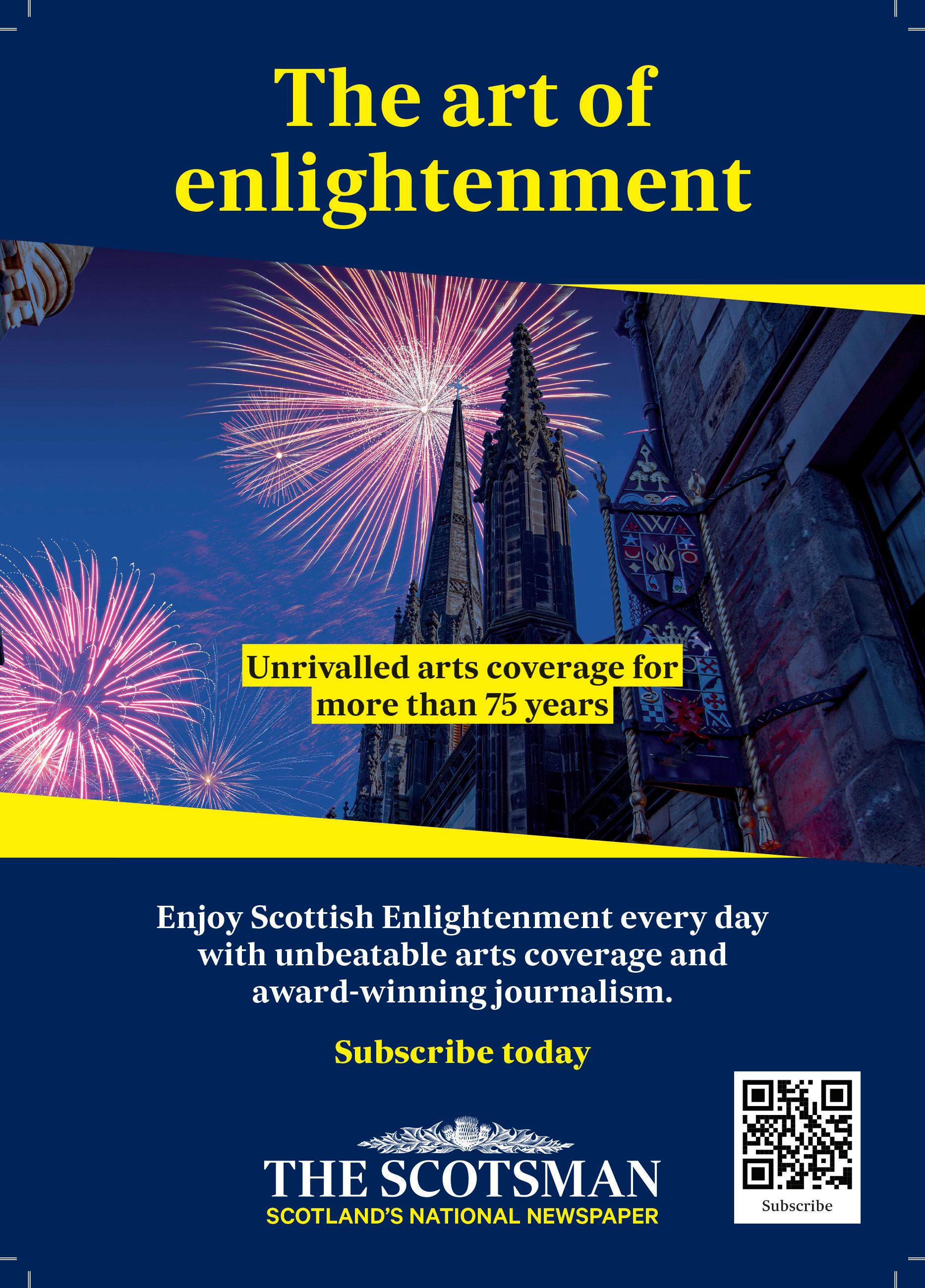

Kindly supported by Eriadne & George Mackintosh and Claire & Anthony Tait.
Wednesday 26 June, 7.30pm, Inverness Cathedral, Inverness
Thursday 27 June, 7.30pm, Town Hall, Stonehaven
Friday 28 June, 7.30pm, Corn Exchange, Haddington
ELGAR Introduction & Allegro
WEBERN Langsamer Satz
MOZART Divertimento in B-flat, K137
Interval of 20 minutes
TCHAIKOVSKY Serenade for Strings
Stephanie Gonley Director / Violin
SCO String ensemble
The Inverness concert is with
As part of the 150th anniversary of the consecration of Inverness Cathedral

Stephanie Gonley
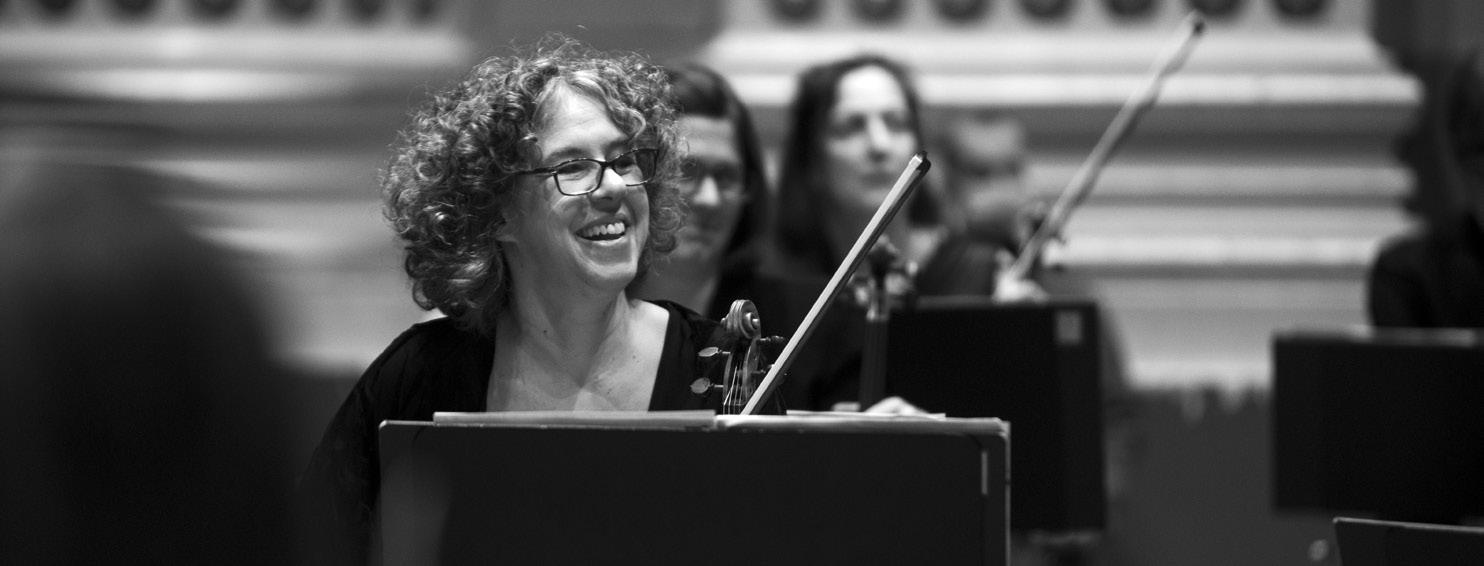
4 Royal Terrace, Edinburgh EH7 5AB
+44 (0)131 557 6800 | info@sco.org.uk | sco.org.uk
The Scottish Chamber Orchestra is a charity registered in Scotland No. SC015039. Company registration No. SC075079.
THANK YOU
Our Principal Conductor’s Circle are a special part of our musical family. Their commitment and generosity benefit us all – musicians, audiences and creative learning participants alike.
Annual Fund
James and Patricia Cook
Visiting Artists Fund
Colin and Sue Buchan
Harry and Carol Nimmo
Anne and Matthew Richards
International Touring Fund
Gavin and Kate Gemmell
Creative Learning Fund
Sabine and Brian Thomson
CHAIR SPONSORS
Conductor Emeritus Joseph Swensen
Donald and Louise MacDonald
Chorus Director Gregory Batsleer
Anne McFarlane
Principal Second Violin
Marcus Barcham Stevens
Jo and Alison Elliot
Second Violin Rachel Smith
J Douglas Home
Principal Viola Max Mandel
Ken Barker and Martha Vail Barker
Viola Brian Schiele
Christine Lessels
Viola Steve King
Sir Ewan and Lady Brown
Principal Cello Philip Higham
The Thomas Family
American Development Fund
Erik Lars Hansen and Vanessa C L Chang
Productions Fund
Bill and Celia Carman
Anny and Bobby White
Anne, Tom and Natalie Usher
Scottish Touring Fund
Eriadne and George Mackintosh
Claire and Anthony Tait
Cello Donald Gillan
Professor Sue Lightman
Cello Eric de Wit
Jasmine Macquaker Charitable Fund
Principal Double Bass Nikita Naumov
Caroline Hahn and Richard Neville-Towle
Principal Flute André Cebrián
Claire and Mark Urquhart
Principal Oboe Robin Williams
In memory of Hedley G Wright
Principal Clarinet Maximiliano Martín
Stuart and Alison Paul
Principal Bassoon Cerys Ambrose-Evans
Claire and Anthony Tait
Principal Timpani Louise Lewis Goodwin
Geoff and Mary Ball



“A crack musical team at the top of its game.”

HM The King
Patron
Donald MacDonald CBE
Life President
Joanna Baker CBE
Chair
Gavin Reid LVO
Chief Executive
Maxim Emelyanychev
Principal Conductor
Andrew Manze
Principal Guest Conductor
Joseph Swensen
Conductor Emeritus
Gregory Batsleer
Chorus Director
Jay Capperauld
Associate Composer
Our Musicians
Information correct at the time of going to print
First Violin
Stephanie Gonley
Afonso Fesch
Lise Aferiat
Kana Kawashima
Aisling O’Dea
Amira Bedrush-McDonald
Sarah Bevan Baker
Kristin Deeken
Second Violin
Mark Derudder
Michelle Dierx
Rachel Smith
Stewart Webster
Niamh Lyons
Catherine James
Viola
Max Mandel
Francesca Gilbert
Brian Schiele
Steve King
Cello
Philip Higham
Su-a Lee
Donald Gillan
Eric de Wit
Bass
Nikita Naumov
Jamie Kenny
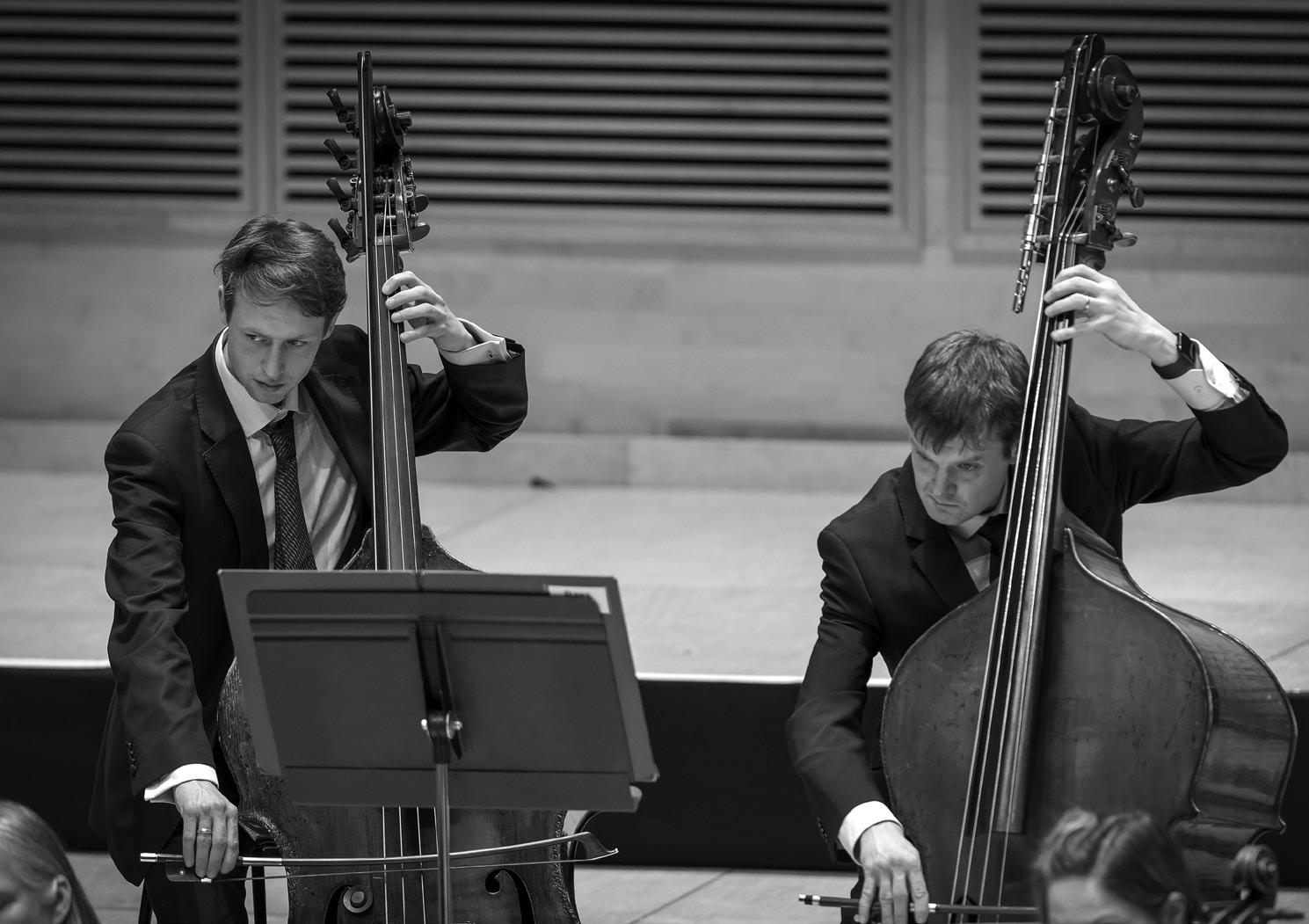
ELGAR (1857-1934)
Introduction & Allegro, Op 47 (1905)
WEBERN (1883-1945)
Langsamer Satz (1905)
MOZART (1756-1791)
Divertimento in B-flat, K137 (1772)
Andante
Allegro di molto
Allegro assai
TCHAIKOVSKY (1840-1893)
Serenade for Strings, Op 48 (1880)
Pezzo in forma di sonatina
Valse
Elegia
Finale (Tema russo)
Perhaps it’s the velvety melding of sounds from high violins right down to the depths of the double basses. Perhaps it’s the intricate interplay between individual melodic lines and grand ensemble harmonies. Whatever the reason, composers have long been drawn to the unique sound of the string orchestra, and to its endless subtle graduations of tone and nuance. It’s no surprise that they’ve responded with some of their richest, most Romantic music – as we’ll discover this evening, at least in three of the concert’s pieces.
And there are few pieces in the string orchestra repertoire that are more richly Romantic than Edward Elgar’s Introduction & Allegro – though it’s shot through, too, with that distinctive sense of yearning and quiet melancholy that Elgar made all his own. The composer had been a violinist himself – he’d begun learning the instrument aged eight – so it’s perhaps no surprise how idiomatically he wrote for the ensemble. Nor, in fact, how he exploited the richness and agility of the string orchestra – a richness he emphasised by subdividing the ensemble into multiple interweaving parts.
Elgar was already riding high when he wrote the Introduction & Allegro in 1905. He’d received a knighthood the previous year, and was at the height of his powers as one of Britain’s most respected musicians. And it was for a concert devoted entirely to his music that he composed the piece. His friend and publisher AJ Jaeger (who Elgar had portrayed as ‘Nimrod’ in his Enigma Variations) suggested that he might consider writing a piece for the strings of the London Symphony Orchestra, which had been founded just the previous year. Elgar thought it was a splendid idea, and wrote the piece quickly.
It’s somewhat surprising, then, that the Introduction & Allegro only gained a relatively lukewarm reception at its premiere – though it didn’t take long for the piece to find a secure and cherished
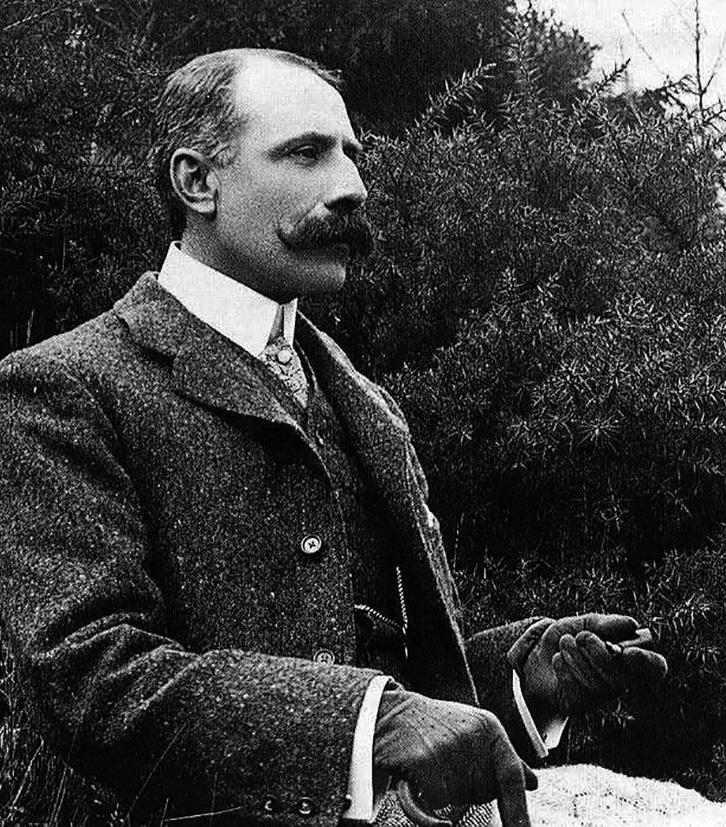
place in the repertoire. Perhaps it was the piece’s novelties that surprised those early listeners. It’s a work that very much follows its own rules, weaving together three contrasting musical ideas in an entirely novel way, looking back to the Baroque concerto grosso in its combination of string quartet and larger ensemble, while not shying away from some distinctly early 20th-century sounds among its harmonies.
We hear the first of the Introduction & Allegro’s themes right at the start: a confident, dramatic, though perhaps slightly wistful falling melody that Elgar clearly intended to be played with as much richness and volume as possible. A contrasting, rising theme is quickly heard from the quartet of solo players, while the quartet’s viola later introduces a slower, quieter melody, which Elgar said was inspired by a Welsh folksong he’d heard in the Wye Valley. He spins together these three ideas in various guises in his thoughtful Introduction, while a new theme – based around agitated repeated notes – emerges in the main Allegro section, first from the solo quartet. It’s that
It’s somewhat surprising, then, that the Introduction and Allegro only gained a relatively lukewarm reception at its premiere – though it didn’t take long for the piece to find a secure and cherished place in the repertoire.
confident-though-wistful melody from the very opening that marks the piece’s climax, though the folksong theme makes a gloriously resonant return before a final dash to the finish.
Anton Webern has become something of a bogeyman figure for many 21st-century listeners. He’s famed – or perhaps notorious is a better word – for his austere, severe and highly dissonant later music that adheres with ascetic strictness to Arnold Schoenberg’s serial methods. Indeed, there’s almost a sense of spiritual purity to a lot of his music, conveyed in often extremely brief forms. His austerity, purity and unapologetic intellectualism seemed to offer a bold new way forward for music, one that proved enormously influential on composers immediately after the Second World War, including Pierre Boulez and Karlheinz Stockhausen.
But it wasn’t always like that. Webern grew up in Vienna at the end of the 19th century, a time and place of great richness and opulence in classical music – and a setting within which he felt

entirely at home. He’d just begun studying with Schoenberg when he wrote his Langsamer Satz in June 1905, and it was inspired by love. The 21-year-old Webern had been on a springtime walking trip with his cousin Wilhelmine Mörtl, who he’d go on to marry. He remembered in his diary: ‘To walk forever like this among the flowers, with my dearest one beside me, to feel oneself so entirely at one with the Universe, without care, free as the lark in the sky above – Oh what splendour... When night fell (after the rain) the sky shed bitter tears but I wandered with her along a road. A coat protected the two of us. Our love rose to infinite heights and filled the Universe. Two souls were enraptured.’
The Langsamer Satz (literally ‘slow movement’) would have formed one movement in a projected string quartet, though Webern never got round to writing the rest. Even the movement’s score was lost, only to be rediscovered in the early 1960s, so that the piece received its first performance as recently as 1962, in Seattle, by the University of Washington String Quartet.
Anton Webern has become something of a bogeyman figure for many 21st-century listeners... But it wasn’t always like that.
The Langsamer Satz is often played by string orchestras as well as quartets, and its rich scoring and deep expression certainly suit that broader musical canvas. Its overall sound world isn’t far from that of Brahms, though it’s interrupted by a few moments of surprising passion and drama that look ahead to the more expressionist music that Webern would write just a few years later.
Webern was a youthful 21 when he composed his Langsamer Satz. Wolfgang Amadeus Mozart, however, was just 16 when he wrote tonight’s next piece – and, by that age, he was already a seasoned composer. He’d created operas (Mitridate, re di Ponto and Ascanio in Alba among them), a few first symphonies, chamber pieces, arias and many other works. (He’d had the time, frankly – he’d started at the age of just five.)
He was also already a seasoned performer and traveller, having demonstrated his immense musical talents on extensive tours across Europe with his father, visiting Britain, France, the Netherlands, Germany, Switzerland and

Italy (to give those countries their modern-day names). Indeed, he’d just returned from Italy to his home town of Salzburg when he composed his Divertimento in B-flat, K137, the middle piece in a set of three divertimenti he created around the time of his birthday. They’re charming, immediately accessible works, with nothing too cerebral or serious about their music, intended purely for entertainment – although Mozart, naturally, attacks the form with his customary craft and insight. We don’t know specifically why he wrote them – and there may well not have been a reason – but it’s more than possible that they were intended for future musical tours. After all, it’s always useful to have a pre-composed piece up your sleeve to demonstrate your talents.
The B-flat Divertimento falls into three brief movements. The first is stately and thoughtful, and opens with a daringly dramatic violin line – in fact, it takes a while for the movement to settle into a secure sense of key. There’s a feeling that, already as a 16-year-old, Mozart was gently straining against convention, and taking his listeners by
They’re charming, immediately accessible works, with nothing too cerebral or serious about their music, intended purely for entertainment – although Mozart, naturally, attacks the form with his customary craft and insight.
surprise. Repeated notes in the lower strings propel along the chugging, good-natured second movement, while the third is a tripping, minuet-style dance that takes in some darker music in its central section before returning to the brightness of the opening.
We remain with Mozart – well, kind of – for tonight’s final piece. He was one of Pyotr Ilyich Tchaikovsky’s most cherished and revered composers, and a composer who Tchaikovsky consciously tried to emulate in the Serenade for Strings he wrote in the autumn of 1880. He was meant to be taking a break in what’s now Ukraine at the time, but finding it difficult to relax. He wrote to his patroness Nadezhda von Meck in September 1880: ‘No sooner had I begun to spend a number of days in complete idleness, than I began to experience some sort of indefinable melancholy, and even illness; I stopped sleeping well and felt tired and weak. Today I could endure it no longer, and I busied myself a little with designs for a future symphony. And what do you know? I immediately found myself feeling well, invigorated and content.’

What he wrote, however, didn’t end up as a symphony, nor a string quartet (the other option he was considering), but as tonight’s Serenade for Strings. And it was music Tchaikovsky wrote for no other reason than the pleasure and consolation that he took in composing. ‘I wrote from inner compulsion,’ he later wrote to von Meck. ‘This is a piece from the heart, and so, I venture to hope that this work is not without artistic qualities.’
The opening movement’s title – ‘Pezzo in forma di sonatina’ – essentially indicates that it’s in a shortened, simplified version of the sonata form common across much 18th- and 19th-century music. A heartfelt chordal introduction draws on the rich and sonorous string tone that might sound familiar from tonight’s opening piece. In his main, faster music, however, Tchaikovsky explicitly doffs his cap to his earlier colleague. ‘The first movement is my homage to Mozart,’ he wrote to von Meck. ‘It is intended to be an imitation of his style, and I should be delighted if I thought I had in any way approached my model.’ If Tchaikovsky intended the music as a direct imitation of Mozart, however,
And it was music Tchaikovsky wrote for no other reason than the pleasure and consolation that he took in composing.
it’s a Mozart who’s seen very much through Tchaikovsky’s own rich, opulent harmonies.
The Mozartian connections continue in the second movement, a lyrical waltz, which sounds a little more like a Mozartian minuet than anything from Vienna. There are hints of Tchaikovsky’s own Capriccio italien – which he’d composed just a few months earlier – in the first violins’ lilting melody. The third movement ‘Élégie’ is the most substantial and most overtly emotional of the four, as well as the closest the piece comes to a true serenade in its singing violin melody against a guitar-like pizzicato accompaniment.
A slow introduction, based on a Volga folk tune, launches Tchaikovsky’s finale, which returns us to the world of Mozart or even Haydn in its scampering, sunny main theme. It might not sound like it, but that tune is actually based on the sonorous opening of the first movement – something Tchaikovsky can’t resist making explicitly clear later in the finale as it heads to its gloriously resonant conclusion.
© David Kettle

Stephanie has a wide-ranging career as concerto soloist, soloist/director of chamber orchestras, recitalist and a chamber musician. She has appeared as soloist with many of UK’s foremost orchestras, including the Royal Philharmonic Orchestra, London Philharmonic Orchestra, Philharmonia and BBC Symphony Orchestra.
Stephanie is leader of the English Chamber Orchestra and the Scottish Chamber Orchestra and has performed as Director/Soloist with both. Stephanie has also appeared as Director/ Soloist with the Australian Chamber Orchestra, the Vancouver Symphony, and the Oriol Ensemble Berlin to name but a few.
She has enjoyed overseas concerto performances with everyone from the Chamber Orchestra of Europe and Hannover Radio Symphony, to Hong Kong Philharmonic and the Norwegian Radio Symphony Orchestra, while her recordings include Dvorák Romance with the ECO and Sir Charles Mackerras for EMI, and the Sibelius Violin Concerto for BMG/ Conifer.
Stephanie is currently Professor of Violin at the Guildhall School of Music and Drama. She was a winner of the prestigious Shell-LSO National Scholarship.
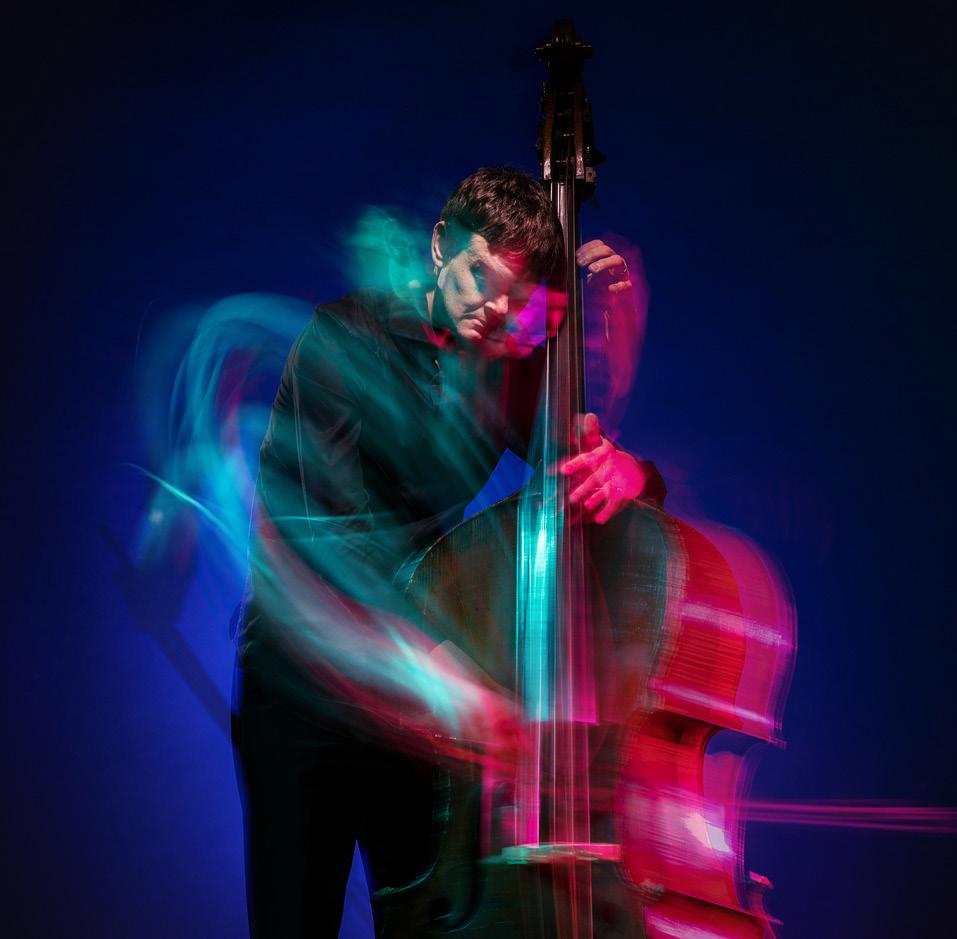
The Scottish Chamber Orchestra (SCO) is one of Scotland’s five National Performing Companies and has been a galvanizing force in Scotland’s music scene since its inception in 1974. The SCO believes that access to world-class music is not a luxury but something that everyone should have the opportunity to participate in, helping individuals and communities everywhere to thrive. Funded by the Scottish Government, City of Edinburgh Council and a community of philanthropic supporters, the SCO has an international reputation for exceptional, idiomatic performances: from mainstream classical music to newly commissioned works, each year its wide-ranging programme of work is presented across the length and breadth of Scotland, overseas and increasingly online.
Equally at home on and off the concert stage, each one of the SCO’s highly talented and creative musicians and staff is passionate about transforming and enhancing lives through the power of music. The SCO’s Creative Learning programme engages people of all ages and backgrounds with a diverse range of projects, concerts, participatory workshops and resources. The SCO’s current five-year Residency in Edinburgh’s Craigmillar builds on the area’s extraordinary history of Community Arts, connecting the local community with a national cultural resource.
An exciting new chapter for the SCO began in September 2019 with the arrival of dynamic young conductor Maxim Emelyanychev as the Orchestra’s Principal Conductor. His tenure has recently been extended until 2028. The SCO and Emelyanychev released their first album together (Linn Records) in November 2019 to widespread critical acclaim. Their second recording together, of Mendelssohn symphonies, was released in November 2023.
The SCO also has long-standing associations with many eminent guest conductors and directors including Principal Guest Conductor Andrew Manze, Pekka Kuusisto, François Leleux, Nicola Benedetti, Isabelle van Keulen, Anthony Marwood, Richard Egarr, Mark Wigglesworth, Lorenza Borrani and Conductor Emeritus Joseph Swensen.
The Orchestra’s current Associate Composer is Jay Capperauld. The SCO enjoys close relationships with numerous leading composers and has commissioned around 200 new works, including pieces by Sir James MacMillan, Anna Clyne, Sally Beamish, Martin Suckling, Einojuhani Rautavaara, Karin Rehnqvist, Mark-Anthony Turnage, Nico Muhly and the late Peter Maxwell Davies.
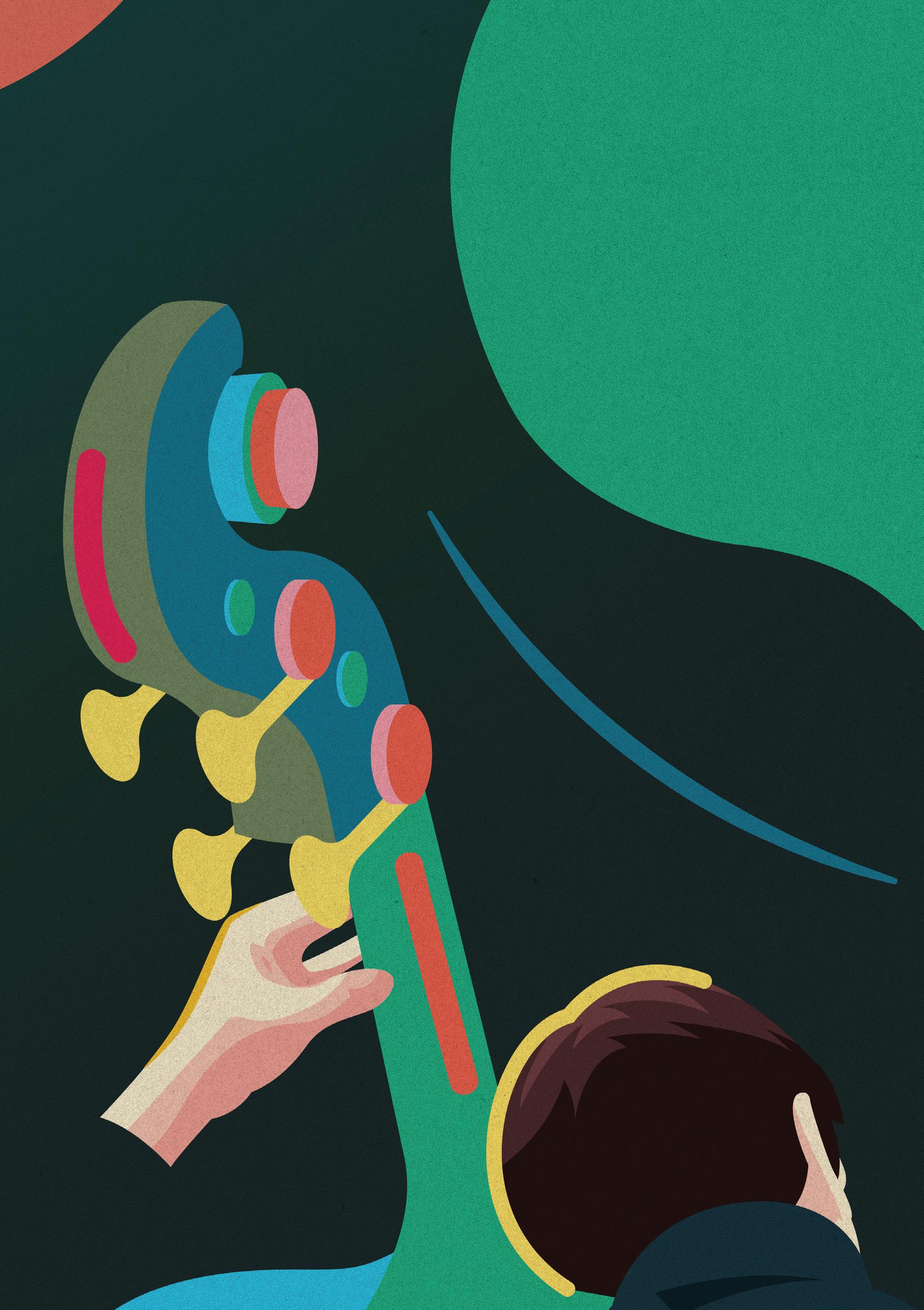
2024 marks the 45th anniversary of our Scotland-wide summer tours, where we bring together a host of exceptional conductors and soloists to present world-class live music to villages and towns across Scotland.
If you are passionate about music and would like to play your part in presenting enriching concerts to audiences across the length and breadth of Scotland, please consider making a donation today.
For more information, contact Hannah Wilkinson on 0131 478 8364 or hannah.wilkinson@sco.org.uk
sco.org.uk/support-us
